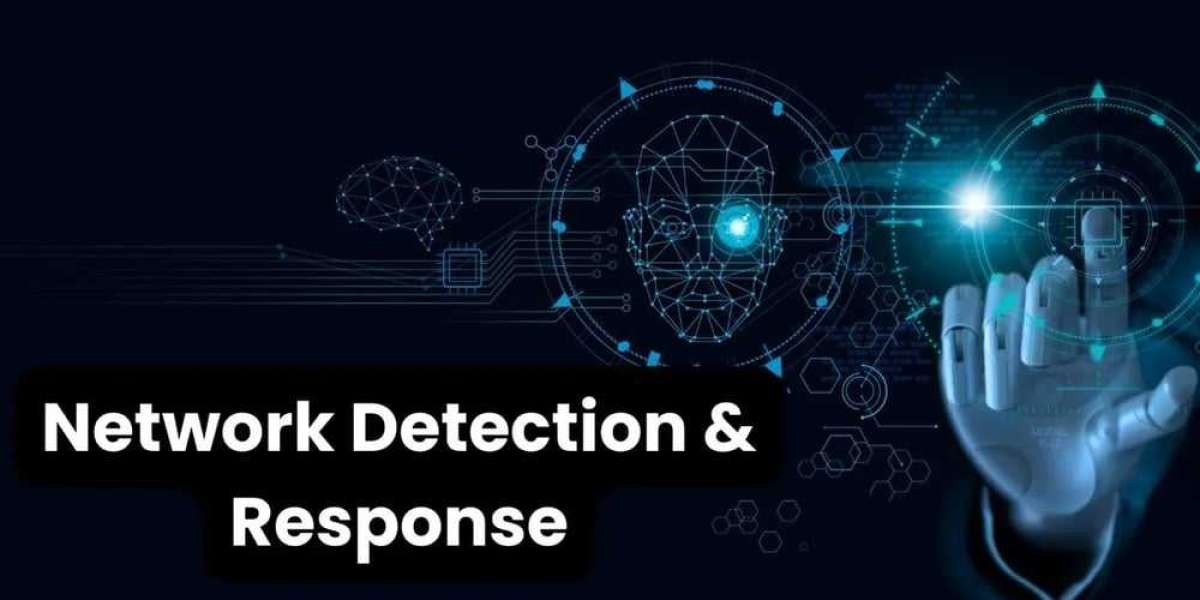Shadow IT—the use of unauthorized devices, applications, or services within an organization—has become a significant cybersecurity risk. These unsanctioned assets can bypass traditional security controls, creating blind spots that threat actors can exploit. While endpoint and firewall solutions offer some visibility, they often miss devices not enrolled in IT management systems. This is where Network Detection and Response (NDR) becomes essential. By monitoring network traffic in real-time and applying behavioral analytics, NDR helps organizations uncover and mitigate the risks posed by shadow IT.
In this article, we’ll explore how NDR works to detect shadow IT devices, the challenges they pose, and how security teams can leverage NDR to enhance visibility and control across the network.
What Is Shadow IT?
Shadow IT refers to any hardware, software, or cloud service used within an organization without explicit approval from the IT or security department. Common examples include:
Employees using personal laptops or mobile devices on the corporate network
Unapproved cloud storage like Dropbox or Google Drive
Rogue wireless access points
IoT or smart devices connected without oversight
While these tools can enhance productivity or convenience, they also introduce serious risks such as data leakage, compliance violations, and unmonitored access points for attackers.
The Challenge of Detecting Shadow IT
Detecting shadow IT is difficult for several reasons:
Lack of Centralized Visibility: Traditional tools often rely on agent-based monitoring, which misses devices that are not under IT management.
Encrypted and Obfuscated Traffic: Devices may use encrypted channels, making it harder to detect activity through firewalls or intrusion detection systems alone.
Dynamic Network Environments: Remote work, BYOD policies, and hybrid environments increase the number of unmanaged endpoints.
Cloud Proliferation: Cloud applications accessed directly by users bypass traditional perimeter defenses.
This is where NDR plays a transformative role.
How NDR Identifies Shadow IT Devices
NDR solutions monitor network traffic continuously and use a combination of deep packet inspection, machine learning, and behavioral analytics to detect anomalies. Here's how NDR helps uncover shadow IT:
1. Device Fingerprinting
NDR platforms analyze the network behavior of all connected devices. Even if a device isn’t managed by IT, NDR can detect its presence based on MAC addresses, DHCP requests, DNS queries, or unusual connection patterns. Behavioral fingerprinting allows NDR to recognize:
Device types (e.g., smartphone, printer, personal laptop)
Operating systems and firmware
Vendor and device model signatures
2. Behavioral Anomaly Detection
Once devices are fingerprinted, NDR establishes behavioral baselines. If a device behaves unusually—for example, accessing internal databases or making outbound connections during off-hours—it is flagged for further investigation. This helps detect:
Personal devices accessing sensitive resources
IoT devices behaving outside their expected patterns
Rogue systems attempting lateral movement
3. Application Visibility
NDR can detect the use of unapproved applications or cloud services (e.g., Slack, Dropbox, Telegram) by monitoring DNS and HTTP/S traffic patterns. This visibility is especially useful for identifying:
Unauthorized SaaS usage
Shadow cloud storage
Risky communication platforms
4. Encrypted Traffic Analysis
Even when traffic is encrypted, NDR systems can analyze metadata—such as packet sizes, timing, and destinations—to infer malicious or unauthorized activity. For instance:
A new device establishing persistent outbound connections
Encrypted uploads to unknown IP addresses
Communication with known Command and Control (C2) infrastructure
5. Integration with Threat Intelligence
NDR tools often correlate observed traffic with threat intelligence feeds. If a shadow device communicates with a known malicious domain or IP address, the system can raise immediate alerts.
Benefits of Using NDR to Manage Shadow IT
Real-Time Detection: Immediate awareness of new or rogue devices joining the network
Comprehensive Visibility: Covers all network-connected devices, including those not under endpoint management
Faster Incident Response: Security teams can investigate and isolate unauthorized devices before they cause harm
Policy Enforcement: NDR data helps enforce access control policies and segment the network
Compliance Support: Reduces risks of non-compliance with industry regulations (e.g., GDPR, HIPAA)
Practical Steps for Organizations
To effectively use NDR for identifying shadow IT, organizations should:
Continuously Monitor All Network Segments
Deploy NDR sensors across corporate, guest, cloud, and remote environments.
Create and Update Asset Inventory
Use NDR data to maintain a dynamic inventory of all devices on the network.
Set Behavioral Baselines
Let NDR establish what normal activity looks like for different asset types.
Investigate Alerts Promptly
Set thresholds for alerts on unknown device types, anomalous traffic, or use of prohibited applications.
Integrate NDR with Other Tools
Combine NDR with SIEM, XDR, and endpoint detection tools for broader context and correlation.
Educate Employees
Raise awareness about the dangers of unauthorized device and application use.
Use Case: Stopping a Rogue BYOD Device
Imagine a scenario where an employee connects a personal laptop to the company’s internal Wi-Fi. The device is not enrolled in the corporate MDM system, but it begins accessing internal file shares. An NDR system notices:
A new MAC address with no associated asset tag
An unusual combination of protocols (SMB access from a non-domain device)
Off-hours activity with encrypted outbound connections
The NDR flags the behavior, and the security team investigates. The device is isolated automatically via network segmentation, preventing potential data exfiltration. Without NDR, this device might have gone unnoticed until after a breach.
Conclusion
Shadow IT will always be a challenge in the modern digital workplace—but it doesn’t have to be a blind spot. With Network Detection and Response, organizations gain continuous, real-time insight into every device and service communicating across their networks. By leveraging NDR’s behavioral analytics and traffic visibility, security teams can uncover hidden risks, enforce policy, and maintain a secure digital environment.
As the enterprise perimeter continues to dissolve, NDR stands as a crucial pillar in defending against the invisible threats introduced by shadow IT.












